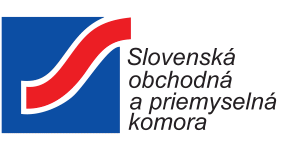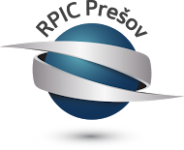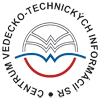Summary:
A German research institute has developed a new technology for the production of test specimen with extremely sharp edges and vertical walls by using an anisotropic etching process in <110> silicon. A <111> wafer is applied as a second silicon layer as an etch stop layer, thus creating a silicon-on-silicon composite (110 and 11 are crystal orientations of silicon). Application areas are the production of specimen for atomic force microscopy. The research institute is looking for licensees.
Description:
A German research institute active in metrology has developed a new technology for the production of test specimen with extremely sharp edges and vertical walls by using an anisotropic etching process in <110> silicon. The offer technologies overcomes the problems of the precison of the edges and vertical walls of current state of the art specimens due to under-etching.
The offered new method for dimensional metrology which is suitable for the production of standards with extremely sharp edges and vertical walls by using an anisotropic etching process in <110> silicon. A <111> wafer is applied as a second silicon layer as an etch stop layer, thus creating a silicon-on-silicon composite. 110 and 111 or 010 are crystal orientations of the silicon. The crystal has a hexahedral structure. Depending on how it is cut the arrangement of the atoms at the cut surface is different. The danger of under-etching, which exists with other etching methods, is hereby minimised.
In roughness measurement technology, the surface is scanned with a stylus instrument. Surface profiles are recorded and characteristic values are calculated (cf. ISO 3274 standard). For reliable and comparable values it is necessary to measure the shape of the stylus tip - usually a rounded cone. A test standard with sharp-edged grooves of different widths with vertical flanks is well suited for this purpose. The shape of the much smaller AFM (Atomic Force Microscope) tips can also be determined on very sharp edges. A microstructure with deep grooves and vertical, smooth walls is also suitable for other metrological investigations.
The silicon-on-insulator etch stop method already used in the conventional method is modified in this case to achieve a flat bottom. A <111> wafer is used as carrier wafer, onto which the device wafer is directly bonded without an intermediate layer. The device wafer can be etched until the etch front meets the <111> wafer, which is a "natural" etch stop. For this a {110} silicon wafer is bonded to a {111} silicon wafer. As the Si atoms of the different crystal planes have different etching rates for etching reactions, the etching process is anisotropic: While the {110} planes are etched, the stable {111} planes form an etch stop. This results in a smooth bottom with perfect edges without undercutting.
The process is suitable for the production of test specimens such as depth setting standards and is the basic technology that has the potential to be used for a wide range of applications in the long term. The areas of application can be test specimens for various applications [e.g. in optical microscopy, such as UVM (deep ultraviolet microscopy) and CLSM (confocal laser scanning microscopy), but also for AFM (atomic force microscopy)].
The research institute is searching for licensees to increase third-party funds.
Type (e.g. company, R&D institution…), field of industry and Role of Partner Sought:
The German research institute is looking for industrial partners who are interested in the commercial exploitation of the invention. Targeted companies are active in the production of test specimens for various applications [e.g. in optical microscopy, such as UVM (deep ultraviolet microscopy) and CLSM (confocal laser scanning microscopy), but also for AFM (atomic force microscopy)].
Stage of Development:
Available for demonstration
IPR Status:
Granted patent or patent application essential
Comments Regarding IPR Status:
Granted patent in Germany
External code:
TODE20201016006








